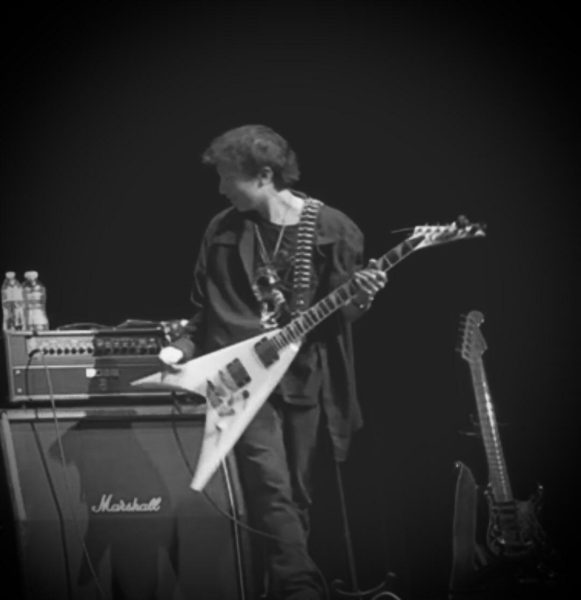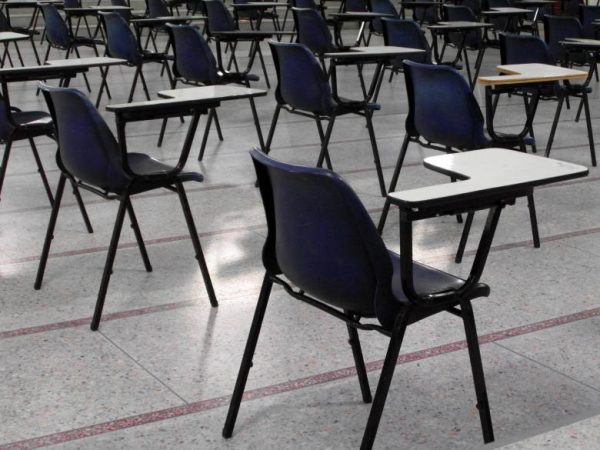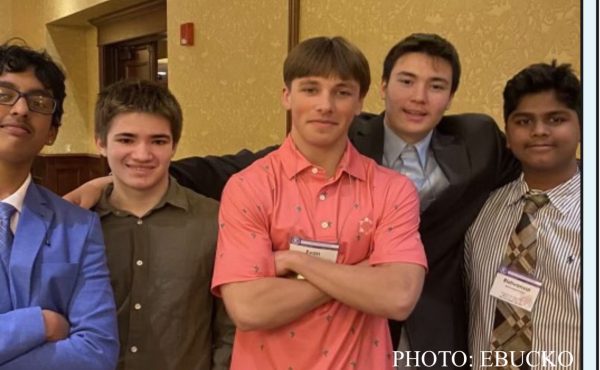How American Labor Unions Function
The basics of labor unions and how they play critical role in the country after the recent happenings with Starbucks and Amazon
In a country with an extremely loose capitalistic economic system, it is imperative that certain checks and balances are in place to prevent the corporate world from becoming too powerful. As a result, since 1866, labor unions have been a popular way to ensure big companies never abuse their workers with unfair practices.
Labor unions are, in essence, a pact created between the working class to negotiate better working conditions with corporate workers. The idea is that the union of workers will all temporarily stop working, otherwise known as going on strike, if an agreement cannot be reached between the two parties, the working class and the corporation. Most of the time, however, negotiating between workers and corporate is in good spirit. Striking is only used as a union’s last legal resort.
In order for a union to become official, they must get permission from a national union association, such as the Change to Win Federation. Typically, unions democratically elect one person in their group to be the representative and negotiate terms on their behalf. Unions are most commonly seen in government, transportation, and utility workers, such as the American Postal Workers Union, Brotherhood of Railroad Signalmen, and the Utility Workers Union of America. Teacher unions are also commonplace, such as the one in EL.
The EL teacher’s union, although legally unable to strike under state law, is able to collectively bargain and hold the administration accountable for grievances (breaches of the union contract). Scott Mahon, English teacher and crew coach at EL, is also the president of the teacher’s union. His responsibility is to ensure the administration doesn’t add anything to the teacher’s plates that isn’t part of the union contract.
“The problem with unorganized working people is there’s a tendency for management or administration to push the limits of their working environment,” Mr. Mahon said. “So the union is there to protect the rights of employees, and in this case, focus on making sure that the teachers have the right to teach children as best they can.”
Labor unions, to some, can be somewhat of a controversial topic. Some business owners, for example, feel that they interrupt America’s free-market economy. As stated in an article by Investopia, “According to a 2019 study of 656 police union contracts across the country, 73 percent included an appeals process in which final decisions on firing and disciplining officers were in the hands of arbitrators selected in part by the local police union.”
While there are debates surrounding the efficiency of labor unions, they still remain a major part of corporate America today. They help to maintain a balance in the workplace of workers’ rights and the control that companies have over their employees.
Your donation will support the student journalists of East Lyme High School. Your contribution will allow us to purchase equipment and cover our annual website hosting costs.



